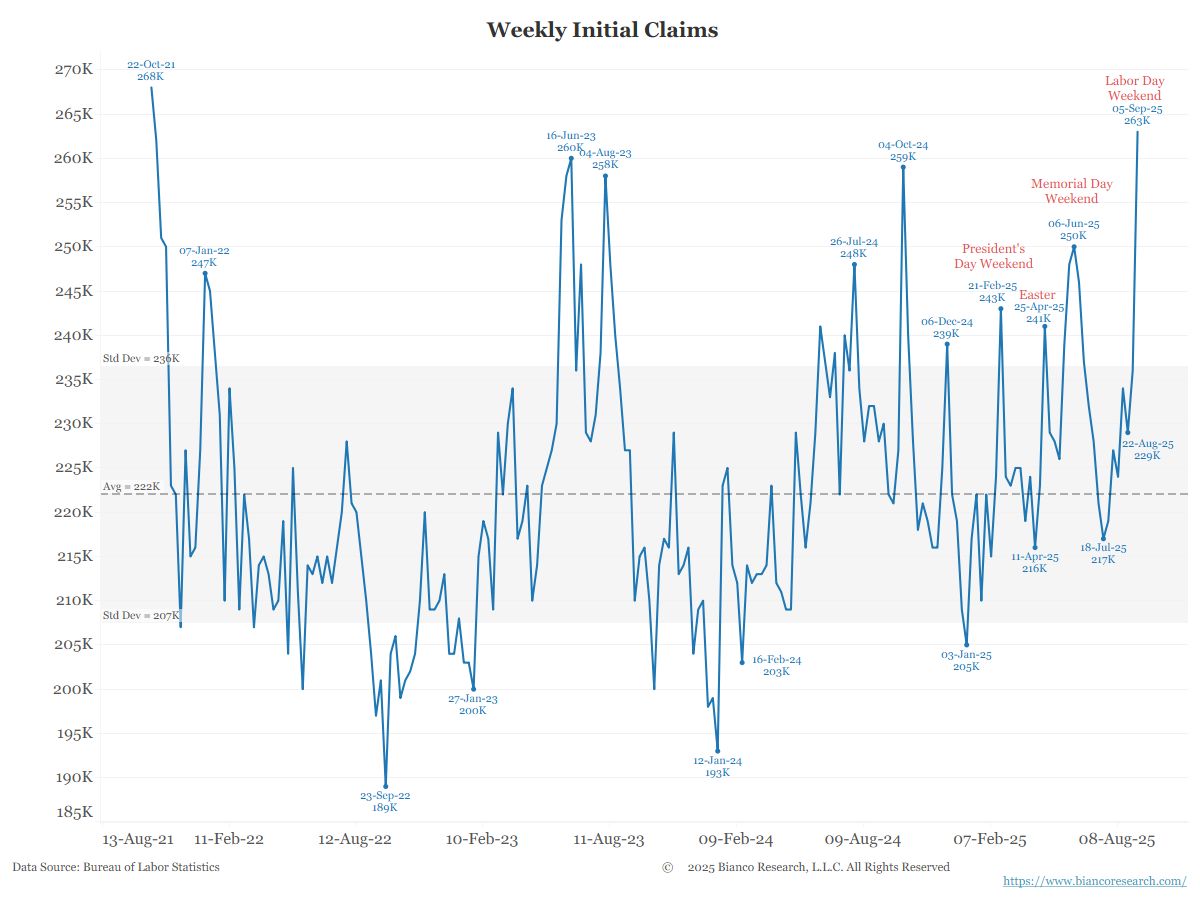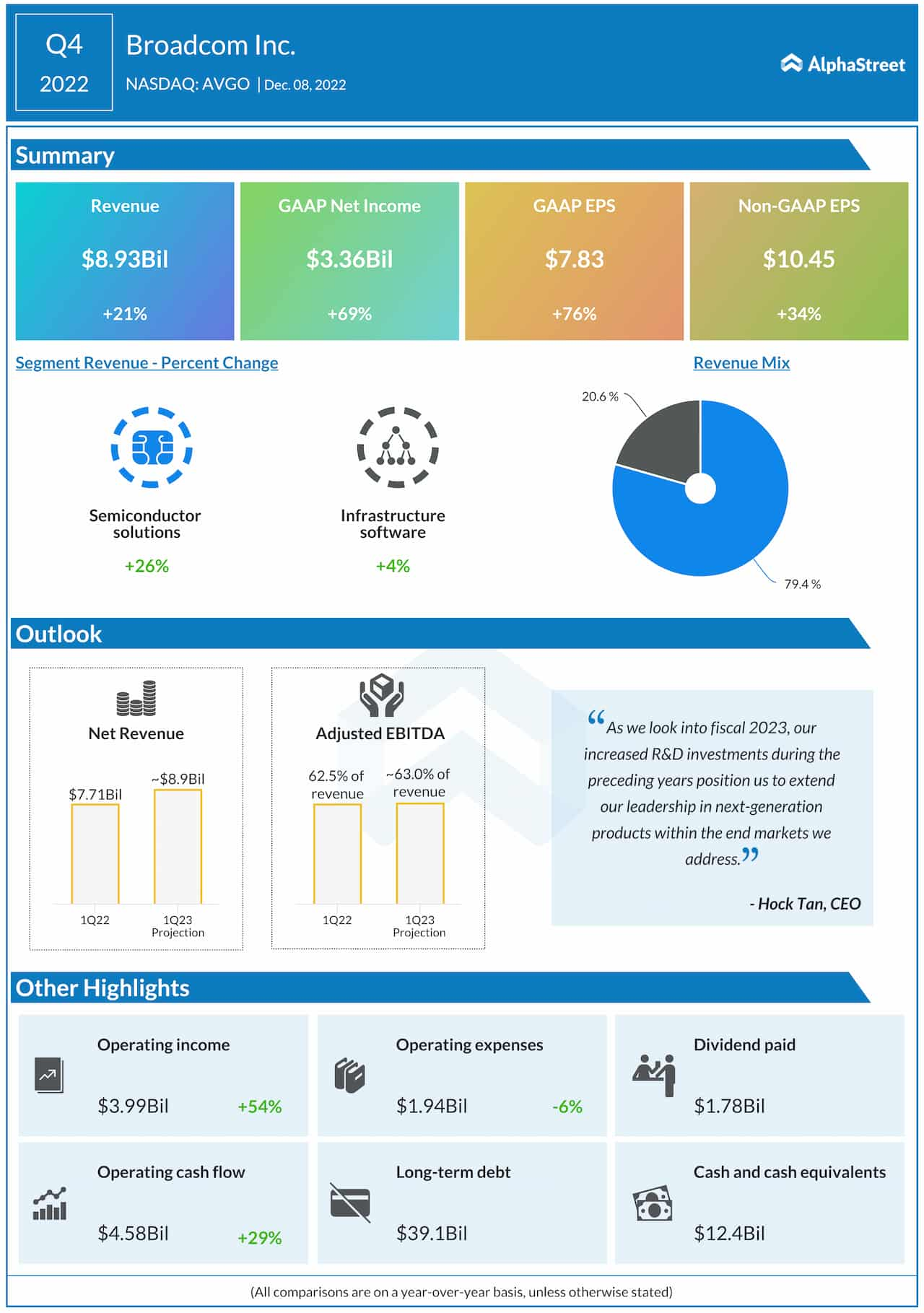Today I continue my on-again-off-again theme of “Kevin complaining that economists are terrible at naming ideas.” The inspiration for this post comes from the pricing system used by a clothing store my wife enjoyed perusing.
At this location, items of clothing carried price tags that were interestingly different from what you would find at most clothing stores. Each item of clothing had multiple prices listed on the tag, along with a series of dates associated with the price. The longer an item of clothing went unsold, the lower its price would drop – and the date of each decrease was listed on the tag. So, a sweater might be marked as $50 today, but on March 1st it would be $40, and on April 1st it would be $35. When she told me about the whole system, my first comment was “That’s a really clever way to engage in price discrimination.” And then I felt the old annoyance inside me about that term, because what most people would think when hearing it is very different from what it actually describes.
Imagine talking to someone who has never studied economics and telling them a particular business engages in price discrimination. What would they likely take that to mean? Probably something similar to the line in the song America in West Side Story, where one of the singers complains “One look at us and they charge twice.” Or, perhaps, something like the reports one sometimes sees claiming that homes owned by a black family get significantly higher appraisals if the appraiser thinks the home is owned by a white family. But actual price discrimination is different from this.
Let’s assume that Snickers is willing to sell candy bars for at least 75 cents. And assume I’m willing to buy a candy bar from Snickers for upwards of $1.25. Let’s also assume the market price for Snickers is $1 per candy bar. When I buy a Snickers, I get something for $1 that I valued at $1.25, and they get $1 for something they valued at 75 cents. As a result, I get 25 cents in consumer surplus, and they get 25 cents in producer surplus. So far, so good.
Of course, what Snickers would really like to do is charge me in particular $1.25 per candy bar, since that would lead to larger producer surplus for them. But while they know that some consumers out there would be willing to pay more than the current market price, they have no reliable way of knowing who they might be, and the transaction costs of attempting to work that out are prohibitively high. If they could reliably figure out that they could sell candy bars to me at $1.25 and $1 for you, they would successfully be engaging in price discrimination.
So, lets bring it back to the clothing store. The workability of price discrimination depends on the seller being able to reliably know a specific consumer’s willingness to pay. There’s no feasible way to do that with Snickers bars. But it’s very easy to do in, say, an auction. Auctions, by design, sell items to the person with the highest willingness to pay. Of course, auctions don’t guarantee perfect price discrimination. I might win a Snickers in an auction by bidding $1.15 – this falls short of the full $1.25 I’d have been willing to pay but it does provide Snickers with a higher producer surplus than an ordinary market transaction. The clothing store, by contrast, operated on a sort of reverse auction pricing system. They’d be willing to sell the hypothetical sweater for at least $35, but they know that at least some customers out there would be willing to pay more. If I valued the sweater at $50, I’d of course still prefer to pay $35 for it instead of $50. But if I wait for the price to get that low, I might lose the sweater if someone else is willing to buy it when the price drops to $40, so that gives me a reason to buy it before that happens. By using this system, the store can make sure that more of their sales go to people who value the products the most, while also gaining a larger producer surplus.
Price discrimination is also more feasible outside of auction-style scenarios where sellers are able to get more individual information on potential buyers. You’ve probably heard the advice that if you’re going to buy a plane ticket online, you should first clear your internet browser cache and cookies and view the website in incognito mode, or behind a VPN. The reason for this advice is because websites can use that kind of information to engage in price discrimination. Instead of selling tickets at a flat rate to all consumers, they can have their websites programmed to use that information to try to determine the maximum price this specific consumer will pay for a plane ticket. Having access to that information reduces the information asymmetries that exist between buyer and seller – I know what my maximum willingness to pay is, but they don’t. While Snickers doesn’t have a feasible means to reduce that gap, some other sellers do. That’s why everyone pays the same price for a Snickers bar, but why the person on the plane seat next to you might have been charged a different fare or why two students in the same college course might be paying different tuition.
So the idea is interesting and valuable – but I still say it’s terribly named.
















